| overview home page |
| peace, war & conflict |
| human rights |
| development & poverty |
| environment |
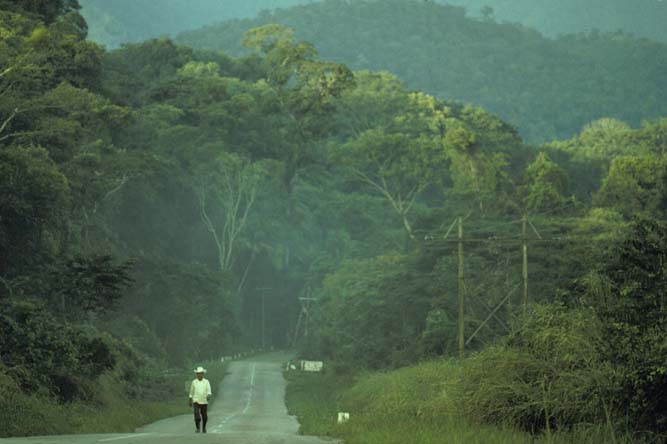
Poverty
Although poverty has been dramatically reduced in many parts of the world, a quarter of the world's people remain in severe poverty. In a global economy of $25 trillion, this is a scandal - reflecting shameful inequalities and inexcusable failures of national and international policy. UNDP Human Development Report 1997
Half the world's people live on less
than $2 a day. World Bank, "Global Poverty
Measures 1987-1998 and Projections for the Future," 1999.
1.2 billion people live on less
than $1 per day. World Bank, "Global
Poverty Measures 1987-1998 and Projections for the Future," 1999.
Together, South Asia, East Asia and South-East Asia and the Pacific have more than 950 million of the 1.3 billion people who are income-poor. UNDP Human Development Report 1997
Women and Poverty
Millions of women in developing countries live in poverty. The feminization of poverty is a growing phenomenon. Women are still the poorest of the world's poor, representing 70 percent of the 1.3 billion people who live in absolute poverty. When nearly 900 million women have incomes of less than $1 a day, the association between gender inequality and poverty remains a harrowing reality.
UNIFEM, Strengthening Women's Economic Capacity
Women work two-thirds of the world's working hours, produce half of the world's food, and yet earn only 10% of the world's income and own less than 1% of the world's property.
World Development Indicators, 1997, Womankind Worldwide
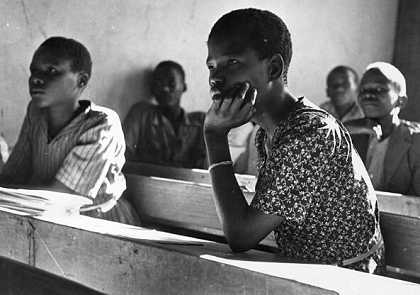
Education
Today, there are still 125 million children who never attend school. Another 150 million children of primary age start school, but drop out before they can read or write. Sixteen countries in sub-Saharan Africa (with almost half of Africa’s 6-11 year-olds) have suffered a decline in enrolment rates. Today, sub-Saharan Africa accounts for one-third of the total out-of-school population. On current trends, it will account for three-quarters of the total in 2015.One in four adults in the developing world – 872 million people – is illiterate, and the numbers are growing.
Global inequalities in the provision of education are enormous. Today, a child in Mozambique can expect to go to school for two to three years, with luck. A five-year-old European or North American child can expect to spend 17 years in formal education.
Girls account for two-thirds of the children not in school. Despite government commitments to close the gender gap, it is widening in many countries. For example, Ethiopia has one of the lowest rates of enrolment in the world, and one of the largest gender gaps. Fewer than one-third of 6-11 year old boys and one-tenth of girls are in school. In many schools in the developing world, the treatment of girls is tantamount to a system of apartheid.
Oxfam UK - Education Now Campaign- the issues
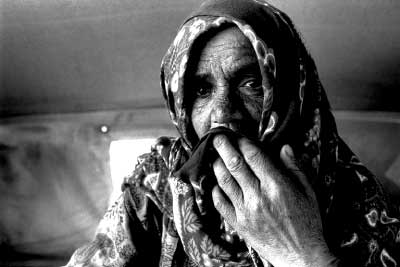
Debt Crisis
The debt burden is the biggest single barrier to development in the Third World, the most powerful tool that western nations use to keep whole countries in bondage.
It is estimated that the Third World pays the developed North nine times more in debt repayments than they receive in aid. Africa alone spends four times more on repaying its debts than it spends on health care.
DebtChannel.org - OneWorld.net - Beginner's guide to debt
Structural Adjustment Programs, or SAPs, have
particularly affected the countries of sub-Saharan Africa, whose economies
are already the poorest in the world.
SAPs consist of measures designed to help a country repay its debts by
earning more hard currency - increasing exports and decreasing imports.
In a few countries SAPs appear to have had some good effect; in most they
have worsened the economic situation. In all countries applying SAPs,
the poor have been hit the hardest.
Jubilee USA Network - A Beginner's Guide to the Debt Crisis
In 1997 the foreign debts of ‘developing’ countries were more than two trillion (million million) US dollars and still growing. The result is a debt of $400 for every man, woman and child in the developing world – where average income in the very poorest countries is less than a dollar a day.
New Internationalist - Issue 312 "Debt"
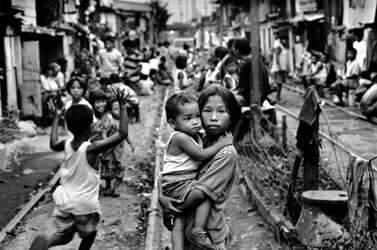
Inequality
“The assets of the 200 richest people in 1998 were more than the total annual income of 41% of the world’s people.
UNDP Human Development Report 1999
Three families – Bill Gates, the Sultan of Brunei and the Walton family – have a combined wealth of some $135 billion. Their value equal the annual income of 600 million people living in the world’s poorest countries.
World Development Movement. WDM in Action, Winter 1999, Rebecca McQullan (article)
Global Inequality - Inequality between countries
The richest 20% of the world population now receives 150 times the income of the poorest 20%.
UNDP Human Development Report 1992
The richest one-fifth
of the world:
• Consume 45% of all meat and fish, the poorest fifth 5%.
• Consume 58% of total energy, the poorest fifth less than 4%.
• Have 74% of all telephone lines, the poorest fifth 1.5%.
• Consume 84% of all paper, the poorest fifth 1.1%.
• Own 87% of the world’s vehicle fleet, the poorest fifth less than 1%.
UNDP Human Development Report 1998
The richest 20% of the population now receives 150 times the income of the poorest 20%.
UNDP Human Development Report 1992
The bottom line for poverty and incomes: The share of the poorest 20% of the world's people in global income now stands at a miserable 1.1%, down from 1.4% in 1991 and 2.3% in 1960. It continues to shrink. And the ratio of the income of the top 20% to that of the poorest 20% rose from 30 to 1 in 1960, to 61 to 1 in 1991 - and to a startling new high of 78 to 1 in 1994.
UNDP Human Development Report 1997
The income gap between the richest fifth of the world's people and the poorest fifth, measured by average national income per head, increased from 30 to one in 1960, to 74 to one in 1997.
Human Development Report, United Nations Development Program, 1999.
Inequality within countries
Within nations, the income gap has been growing as well. Russia now has the world's greatest inequality, with the richest 20% having 11 times the income of the bottom 20%. Income inequalities have also grown dramatically in China, Indonesia, Thailand, other East and South-East Asian countries, and in the industrialized countries, especially Sweden, Britain, and the United States.
"The State of the World," Stephen R. Shalom
The richest 1 percent of Americans earned as much after taxes as the poorest 100 million; in 1977 the top 1 percent only (!) had as much as the bottom 49 million. The poorest 20 percent are making less today in real terms (adjusting for inflation) than they were in 1977.
"The State of the World," Stephen R. Shalom, Center on Budget and Policy Priorities
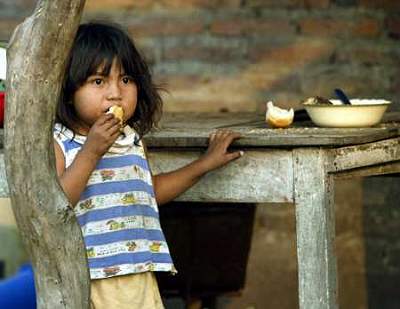
Food & Hunger
826 million people remained undernourished in 1996-98
UN Food and Agriculture Organization - State of Food Insecurity in the World 2000
Hunger continues to plague an estimated 793 million people around the world, including 31 million in the U.S. Hunger kills. Every day, 24,000 people die from hunger and other preventable causes. Nearly 160 million children are malnourished worldwide.Oxfam America - Hunger Fact Sheet
Almost 800 million people—about one-sixth of the population of the world's developing nations—are malnourished. 200 million of them are children.
Bread for the World (Food and Agriculture Organization of the United Nations)
Health
880 million people lack access to basic healthcare, and 1.3 billion lack access to safe drinking water. 17 million people die each year from curable diseases, including diarrhea, malaria and tuberculosis. 5 million of these people die due to water contamination.Oxfam America - Fact Sheet
Each day in the developing world, 30,500 children die from preventable diseases such as diarrhea, acute respiratory infections or malaria. Malnutrition is associated with over half of those deaths.
Bread for the World (UNICEF, World Health Organization)